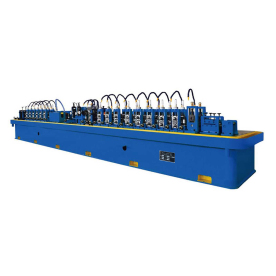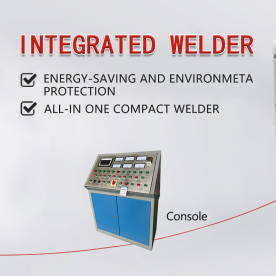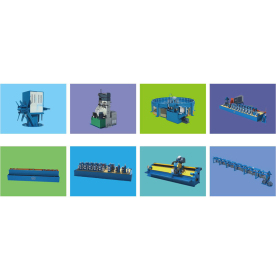[Induction heating]Unlocking the Benefits of Induction Heating: Revolutionizing Modern Manufacturing Processes and Enhancing Energy Efficiency
News 2024-12-10
Induction heating is a technology that has been gaining traction across various industries, especially in manufacturing and metalworking. This innovative process utilizes electromagnetic induction to generate heat directly in conductive materials, offering numerous advantages over traditional heating methods. In this article, we will explore the fundamentals of induction heating, its benefits, applications, and its transformative potential in modern manufacturing processes.
At its core, induction heating operates on the principle of electromagnetic induction. When an alternating current passes through a coil, it generates a magnetic field. If a conductive material, such as metal, is placed within this magnetic field, eddy currents are induced within the object. These eddy currents produce heat due to the material's electrical resistance. The heating effect occurs uniformly and within a short span, making induction heating an efficient option for various applications.
One of the primary advantages of induction heating is its energy efficiency. Traditional heating methods often involve heating the surrounding air or the equipment itself, leading to energy loss and longer heating times. In contrast, induction heating focuses energy directly where it is required: within the material itself. This not only reduces energy consumption but also minimizes heat loss and enhances process speeds. As manufacturers worldwide are increasingly under pressure to reduce energy costs and environmental impact, the adoption of induction heating represents a viable solution for improving both efficiency and sustainability.
Another significant benefit of induction heating is the precision it offers. Induction heating systems can be precisely controlled, allowing manufacturers to achieve exact temperature settings required for specific processes. This level of control is critical in applications such as hardening, tempering, and welding, where precise temperature management can significantly affect the quality and mechanical properties of the final product. For instance, in the automotive industry, the hardening of transmission gears requires meticulous temperature control to ensure optimal performance and durability.
Furthermore, induction heating is a cleaner and safer alternative compared to traditional heating methods. Conventional systems often involve flames, hot surfaces, and the generation of toxic fumes. In contrast, induction heating systems operate without direct flames and generate less waste heat. This not only leads to a safer working environment by reducing burn hazards, but it also lowers the risk of damaging surrounding equipment or materials.
The versatility of induction heating technology makes it applicable across multiple sectors. In the automotive industry, it is extensively used for applications such as hardening and brazing of components. In the aerospace sector, induction heating aids in the manufacturing of critical parts, ensuring they withstand extreme conditions. Additionally, industries that involve metal shaping, like forging and casting, benefit from the rapid heating capabilities that induction offers.

Unlocking the Benefits of Induction Heating: Revolutionizing Modern Manufacturing Processes and Enhancing Energy Efficiency
One of the challenges faced by induction heating technology is the initial investment costs in equipment. While the systems can be cost-effective in the long term due to energy savings and improved output quality, businesses may hesitate to invest upfront. However, with advancements in technology, the cost of induction heating equipment has been gradually decreasing. Moreover, various financing options, including leasing, are available to ease the burden on manufacturers.

Unlocking the Benefits of Induction Heating: Revolutionizing Modern Manufacturing Processes and Enhancing Energy Efficiency

